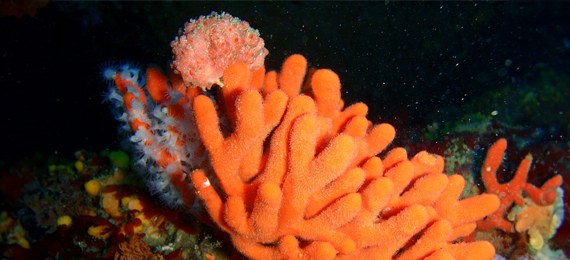
Welcome, ocean enthusiasts and curious minds, to the captivating world of sea sponges! These seemingly simple creatures have intrigued scientists and explorers for centuries, hiding surprising facts and secrets beneath their unassuming exteriors. Join me as we dive deep into the depths of the ocean to uncover the mysteries of these fascinating organisms.
What Is a Sea Sponge?
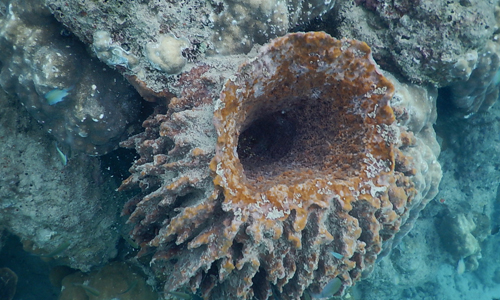
Sea sponges, though they resemble kitchen scrubs, are actual animals belonging to the phylum “Porifera,” not plants. Devoid of true tissues and organs, their bodies are structured into porous formations that sift water for sustenance. Exhibiting a range of shapes, sizes, and hues, some species grow in groups while others prefer solitary existence. Crucially, they fulfill a vital role in the marine ecosystem by recycling nutrients, offering shelter to other creatures, and enhancing biodiversity.
What is the phylum to which sea sponges belong?
- A. Cnidaria
- B. Mollusca
- C. Porifera
- D. Echinodermata
Where Do Sea Sponge Live?
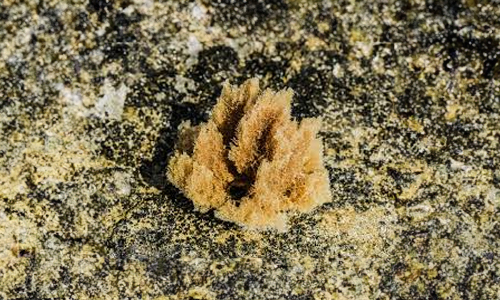
Sea sponges are commonly anchored to solid surfaces on the ocean floor, inhabiting diverse environments from shallow coastal waters to deep-sea realms. They attach themselves to various substrates, such as rocks, coral reefs, or the ocean floor itself. They are often seen in areas with strong currents where they can filter-feed efficiently. Some species can also live in intertidal zones, where they are exposed to air and water alternately during tidal changes.
Do They Move Around or Stay Still?
Sea sponges are generally sessile organisms, meaning they are stationary and attached to a substrate, such as rocks or coral reefs. While they may flex or contract in response to water flow or other environmental factors, they do not possess the ability to move actively from one place to another.
What Do Sea Sponges Eat?
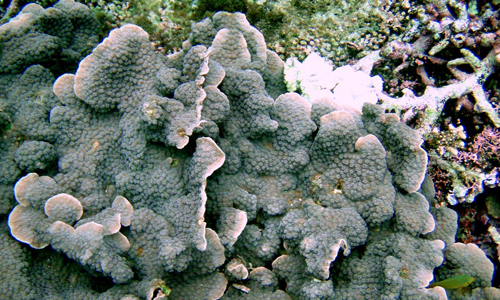
Sea sponges primarily feed on plankton, bacteria, and other organic particles suspended in the water column. As water flows through their porous bodies, they trap food particles in their specialized cells called choanocytes or collar cells. These cells have flagella that create ocean currents, allowing the sponge to draw in water and filter out nutrients. Once the food particles are trapped, the sponge absorbs them for nourishment.
How Do Sea Sponges Reproduce?
Sea sponges are hermaphrodites, so they reproduce both sexually and asexually, depending on the environmental conditions. Here’s an overview of both methods:
| Sexual Reproduction | Asexual Reproduction |
| During the breeding season, they release sperm and eggs into the water. | Asexual reproduction in them occurs through budding and fragmentation. |
| Sperm released by one sponge may be captured by another sponge of the same species, where fertilization occurs internally. | During budding, small buds formed on the body of the sponge grow and eventually detach from the parent sponge to form independent individuals. |
| Fertilized eggs develop into larvae within the parent sponge’s body cavity. Then the larvae are eventually released into the water and develop into adult sponges. | Fragmentation occurs when a part of the sponge breaks off due to physical forces, such as wave action or predation. The detached fragment can regenerate into a new sponge if conditions are favorable. |
The Role of Sea Sponges in Science
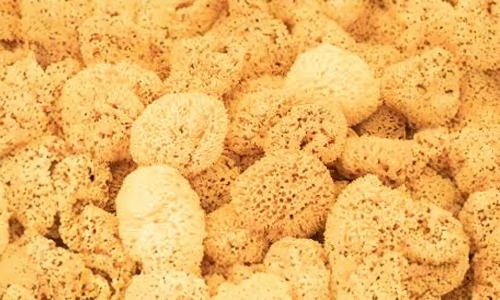
Sea sponges play several important roles in science:
Biomedical Research
They produce a wide variety of bioactive compounds, which have been found to have antibacterial, antiviral, antifungal, anti-inflammatory, and anticancer properties. Researchers study these compounds for drug development and biomedical research, aiming to create new treatments for various diseases.
Bioremediation
Some species of sea sponges are capable of filtering large volumes of water and removing contaminants, such as heavy metals, toxins, and organic matter. This ability makes them valuable for bioremediation efforts in polluted marine environments. Researchers study sponge filtration mechanisms to develop strategies for cleaning up marine plastic pollution.
Marine Ecology and Biodiversity
Sea sponges provide habitat, food, and shelter for numerous marine species. Studying sponges helps scientists understand marine ecology, including species interactions, biodiversity patterns, and ecosystem dynamics.
Evolutionary Biology
Sea sponges are among the most ancient multicellular organisms on Earth, with a fossil record dating back over 600 million years. Studying their genetics, morphology, and physiology provides insights into the early evolution of animals and the development of complex body structures.
Materials Science
Sponges possess unique structural and mechanical properties. Researchers investigate these properties to develop biomimetic materials for various applications, such as tissue engineering, drug delivery systems, and filtration technologies.
The Processing of Sea Sponges
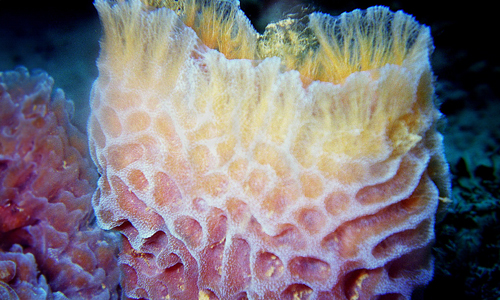
The processing of sea sponges involves several steps to transform harvested sponges into usable products. Here’s a general overview of the process:
1. Harvesting
Sponges are typically harvested by divers manually from the sea bed while in other cases, may be gathered using specialized equipment.
2. Cleaning
Once harvested, they are rinsed multiple times in clean water to ensure they are free from impurities.
3. Sorting and Grading
After cleaning, the sponges are sorted and graded, based on various criteria, such as size, shape, and quality.
4. Processing
The processing may involve several methods depending on the intended use of the final product. Common processing techniques include:
Bleaching: Sponges are bleached to achieve a uniform color or to remove any remaining impurities.
Drying: Sponges are air-dried or sometimes mechanically dried to reduce moisture content and prolong shelf life.
Trimming and Shaping: Sponges may be trimmed and shaped to achieve the desired size and appearance for specific applications.
Treatment: They may undergo additional treatments, such as sterilization or chemical treatments to improve their properties or make them suitable for specific uses.
Packaging and Distribution
Once processed, they are packaged and prepared for distribution. Sponges intended for retail sales are typically labeled with relevant information, such as size, grade, and care instructions.
Quality Control
This may involve inspections, testing, and adherence to industry guidelines.
Commercial Uses of Sea Sponges
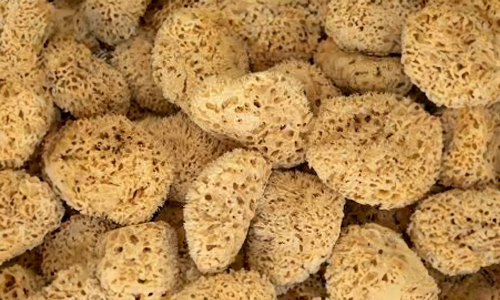
Sea sponges have several commercial uses across various industries. Some of the most common commercial uses include:
Bath and Body Products – Natural sponges for bathing, facial cleansing sponges, and makeup applicators.
Cleaning and Household Products – Employed for washing dishes, wiping surfaces, and cleaning various household items.
Art and Craft Supplies – Used as paintbrushes, and crafting items like jewelry, sculptures, and decorative objects.
Cosmetic Applications – Used in skin care products due to their antimicrobial, anti-inflammatory, and antioxidant properties.
Aquarium Filtration – Utilized in the aquarium industry for biological filtration.
Final Words
As we emerge from the depths of the ocean, we are left in awe of the remarkable sea sponge and its hidden secrets. These unassuming sea creatures continue to inspire and amaze us with their resilience and adaptability. So, the next time you gaze upon the ocean’s vast expanse, remember the humble sea sponge and the extraordinary role it plays in shaping the underwater world.